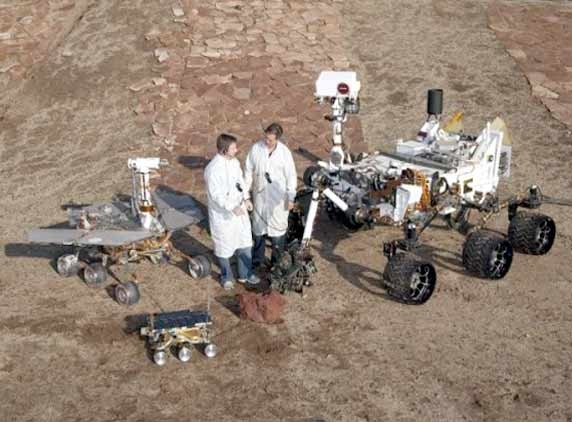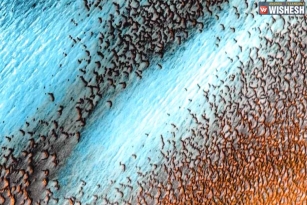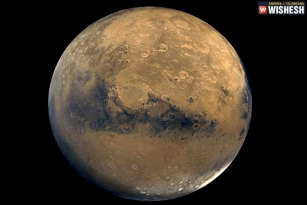
The most advanced rover with the state of the art technologies from NASA, Curiosity, was speeding towards the red planet, Mars attempting to make a acrobatic landing on the planet.
Curiosity was all set to plunge into the atmosphere of the planet at a speed that is over 13,000 mph while it would be slowly lowered into a crater with the help of cables in the last seconds of the historical journey.
The engineers have nothing to do but be the audience as Curiosity was on autopilot, cruising itself to go according to the plans made. The rover is going to study the environment and decide whether the surface was ever suitable for any form of life, microbial, on the planet.
After an 8 month patient journey covering over 352 million miles the toughest part is still the landing as the rover weighs a whopping ton and measures the size of a normal car. This called for the intelligence of the engineers who had to design a special way to lower the rover at a slower speed.
Earlier rovers like Opportunity were sealed in airbags and after they absorbed the shock from the smashing halt, they were opened to explore the surface.
After a few braking tricks that would be used similar to the space shuttles the rover would then jettison the heat shield to protect it from the friction in the atmosphere.
Curiosity packs several scientific tool, cameras and a weather station and is powered by nuclear power. It also has a robotic arm with a power drill, a laser that can zap distant rocks, a chemistry lab to analyze the chemistry of the rocks and scout for signs of life. Another detector would help identify any dangerous radiation on the surfaces.
Martian equator was chosen as the land site as it exhibited several signs of water, the basis of life. There were also signs of minerals that couldn't have formed without the presence of water in the 5km high Gale Crater.
Curiosity would search and find traces of the ingredients that make up life, carbon, nitrogen, phosphorous, sulfur, oxygen. However, it cannot search for life directly as it lacks the infrastructure to identify living or fossilized microorganisms.
Mars explorations all have had bitter endings but one NASA rover that defied expectations is Opportunity which is still actively scurrying on the surface after 8 years.
AW- Anil


























